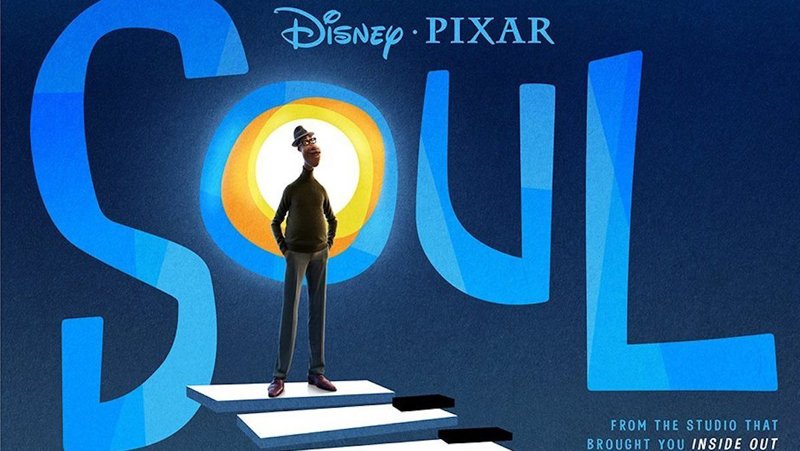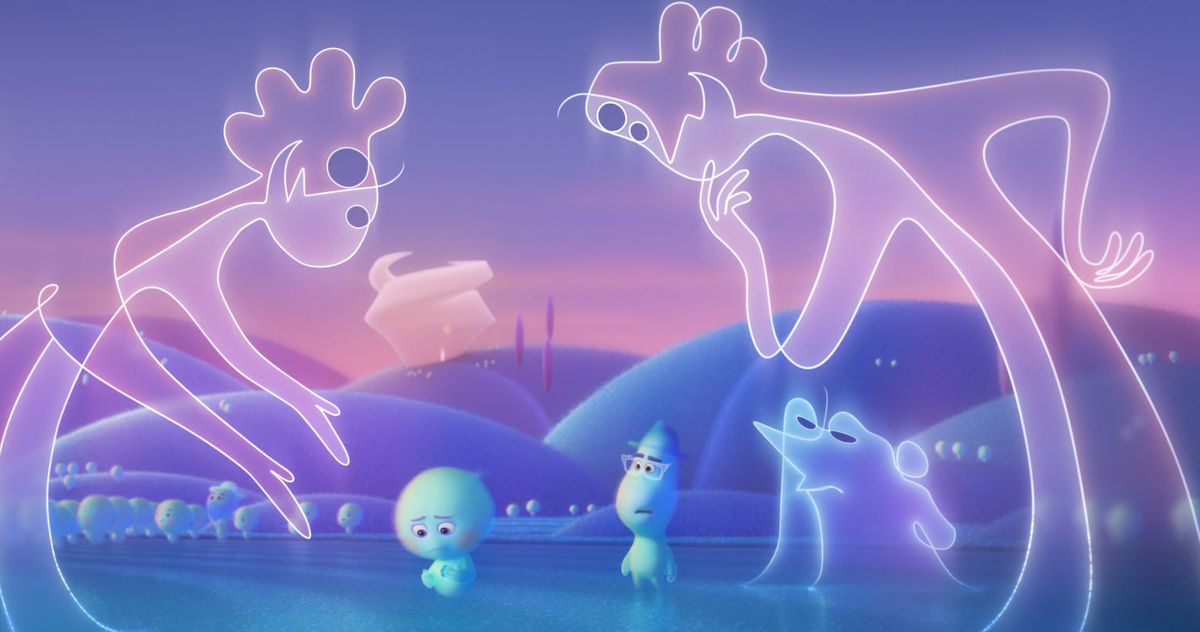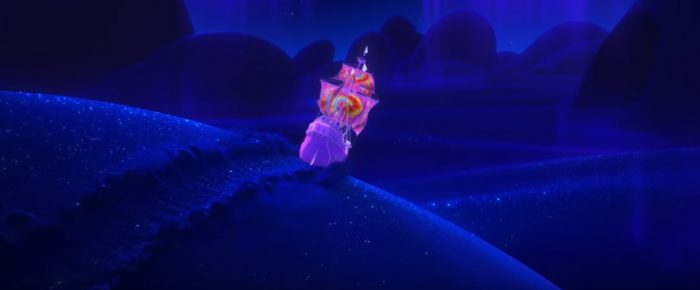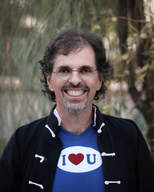|
On Christmas day, Maria and I watched Pixar’s new film, Soul, with great anticipation. For one thing, we were excited to see the work of Maria’s eldest son, Aaron Koressel, who animated important sequences of the film and helped develop software tools used by the animation team. I had also encountered reviews describing the film as a masterpiece, partly because of its portrayal of creative inspiration. As someone who has devoted his life to exploring creative inspiration (as described in my book, Deep Creativity, and my TEDx talk, “The Art of Creative Inspiration”), I was eager to see what Pixar would do with this topic. Although Soul has its moments, I found the film’s portrayal of inspiration to be less than inspiring. SPOILER ALERT: What follows may give away parts of the movie for those of you who have not yet seen it. Soul tells the story of Joe Gardner, a middle-school music teacher who is about to get his big break as a jazz musician when he has an accident that lands him in a coma and separates his soul from his body. At this point, Joe finds himself in the astral plane, where he seeks to reconnect with his body. In order to do that, Joe has to mentor a new soul, which means helping that soul find its spark. The scenes taking place in New York City really sparkle. Joe's passion for jazz comes through strongly. But once he enters the astral plane, the premise of Soul begins to go off the rails for me. This realm, as portrayed in the film, is an odd place filled with inconsistencies. For some reason, Pixar has chosen to embrace a dualistic view of the universe, where the physical and spiritual realms are distinct--at least, sort of. In the astral plane, Joe can’t smell or taste anything, and yet he flinches when one of the new souls bites him on the arm. The astral plane is run by entities described as the “coming together of all the quantized fields of the universe.” Although the concept is intriguing, these entities come off as uninspired bureaucrats and bean counters. Such characters could have provided an important link to a more modern and holistic view of reality. Instead of integrating consciousness with the body and the material universe, the filmmakers chose to perpetuate a cosmology that has helped alienate and disconnect humanity from nature and from the wonders of the physical body. One of the underlying themes of Soul has to do with the importance of finding one’s “spark,” which the film clearly links to inspiration. One place where new souls go to search for their spark is the Hall of Everything, where “literally anything on Earth” can serve to inspire them. Oddly, this hall is largely devoid of the natural world, and although it includes foods like pizza, disembodied souls lack all sensation, including the capacity for taste. This poses a serious problem: How are new souls supposed to find inspiration in something they cannot experience for themselves? I strongly maintain that inspiration is an embodied experience. You feel it in this b0dy, in this moment—passionately, deeply, and intensely. To a certain extent, the filmmakers agree with me. Soul offers examples of individuals finding inspiration in music, food, movement, and touch. And yet, the film’s key depiction of creative inspiration, in a realm called The Zone, strays in an entirely different and, in my opinion, misguided direction. In Soul, The Zone is described as “the space between the physical and the material.” Actors, musicians, and other artists share this space with lost souls whose obsessions and anxieties leave them disconnected from life. In fact, the film equates the two groups: lost souls and artists immersed in the experience of inspiration.
What a disservice this is to aspiring young artists! As someone who has had the privilege to live in the experience of inspiration and to observe and talk with countless others who share deep personal knowledge of that experience, I can say that The Zone is an interface and not a void. In other words, when you're in it, you gain access to an entire universe of possibilities. Consider what opens up to your imagination during moments of inspiration: colors, sounds, textures, scents, movements, flavors, energy, and rhythm. You catch glimpses of nature’s splendor, which ranges from the infinite to the infinitesimal. In moments of inspiration, you feel more alive, not less. The landscape of The Zone as portrayed in Soul is much too dark and creepy a place, populated by lost souls filled with despair and anguish. I understand the filmmakers’ point that the kind of obsession displayed by Joe Gardner in his passion for jazz can become so extreme that it may cause the individual to miss out: on the precious little things; the here and now; and the myriad others sources of joy and delight to be found in life. Yet the spark of inspiration that can drive the artist to obsession is the same one that draws you into the fullest experience of being alive. It is all simply a matter of balance. In fairness, there is much to love about Soul. The film captures elements of beauty and wonder. It is filled with memorable scenes, images, and sounds. I appreciate that it seeks to tackle such a big and important topic as inspiration. Although the film may have missed the mark, at least for me, I commend the filmmakers for the courageous way they tackled an artistic endeavor of this magnitude.
1 Comment
Tonia Careaga
6/14/2021 02:03:46 pm
My grandson Antonio is 15 years old.
Reply
Leave a Reply. |
I want to hear from you! Please share your questions and comments. And sign up for my newsletter, where I will pass along the insights, ideas, and inspiration that come my way.
Contact me:Archives
November 2023
|




 RSS Feed
RSS Feed
